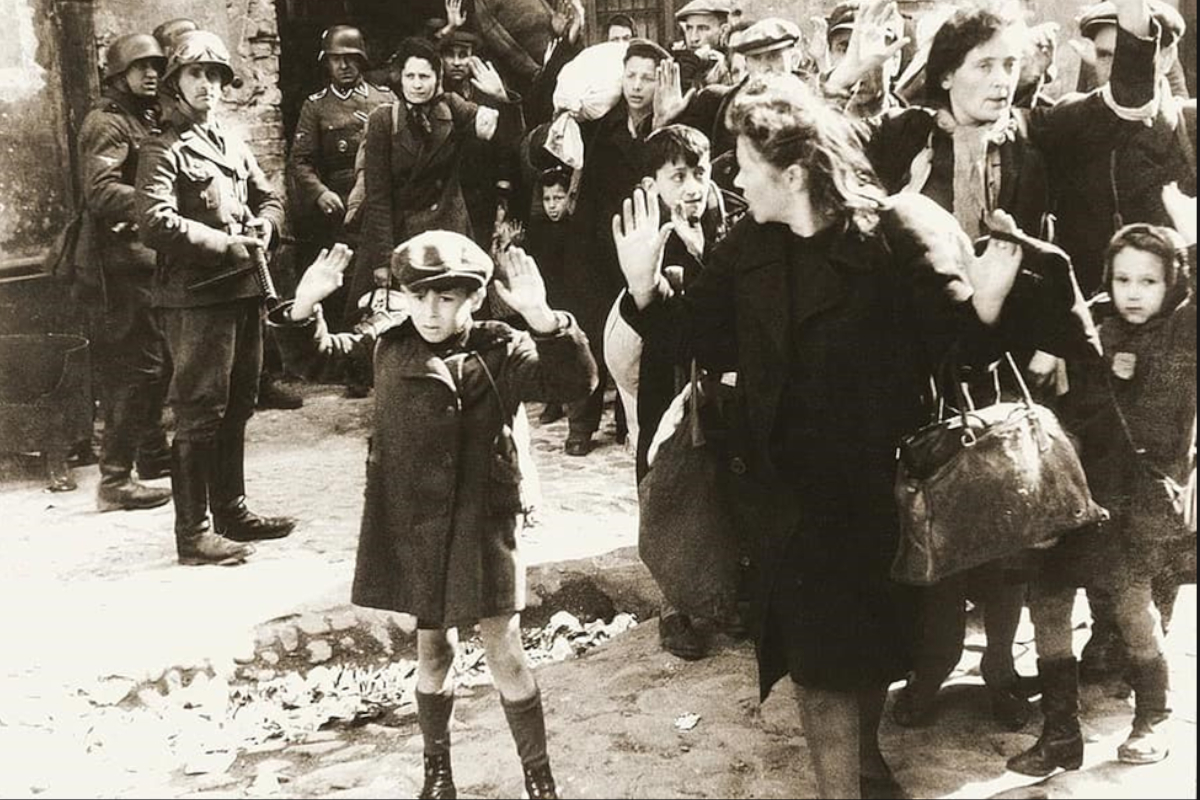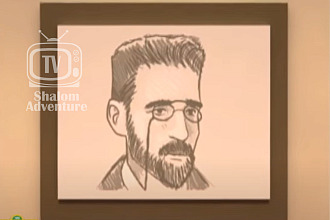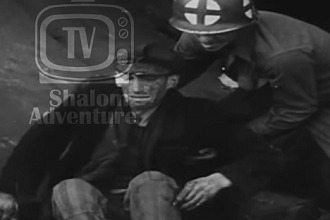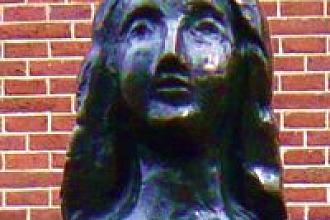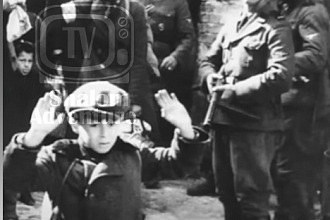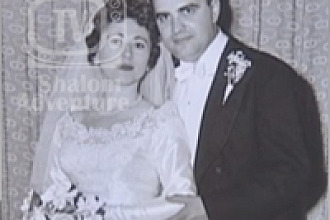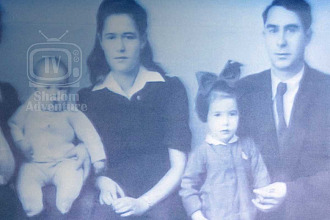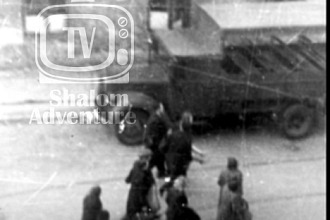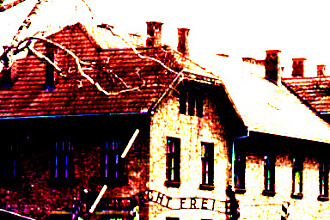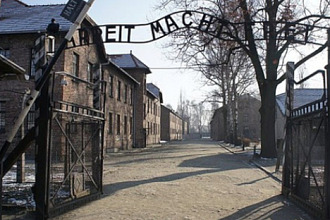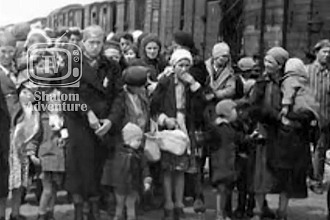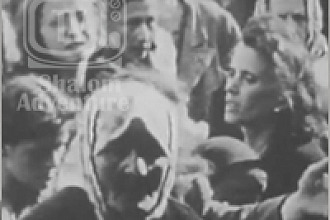The ghettos of World War II were established by the Nazis to create a total confinement for the Jewish population, turning entire neighborhoods into a prison unlike the ghettos of centuries past.
The Nazis hoped that the wretched ghetto conditions would deplete the Jewish population quickly and naturally through starvation, disease and cold. The ghetto also served as the holding area for eventual transport to the death camps for those who were able to survive. Ghetto inhabitants in many areas were forced to become slaves for German industry. Factories were built alongside or within ghetto walls so that industries could take advantage of this free labor. The ghettos represented a transitional phase in their policy to exclude Jews permanently from Europe. Martin Gilbert, in his book The Holocaust: A History of the Jews of Europe During the Second World War, describes an announcement made by Reinhard Heydrich on Sept. 21, 1939. Heydrich, The Chief of the Reich Central Security Office, announced at a conference of SS commanders, that Jews were to be concentrated in big cities near major railroad lines. In these cities, they were forced into designated areas that later became the Jewish ghettos. This announcement was a general directive. A specific law creating ghettos was never announced. Gilbert makes it clear that the goal of the German policy in 1939 was to facilitate the forced mass emigration and expulsion of Jews from all territories under German rule. Jews from the villages and towns were deported to the ghettos in the cities, which lead to overcrowding. Sanitary facilities were overtaxed, and with few medicines available, disease was rampant. The Nazis cynically cited the unhealthy conditions to justify the sealing of the ghettos as a preventive measure to save the population from the diseases said to be cause by the Jews. Most ghettos were established before the mass killing started in the summer of 1941, and they were tightly sealed before deportation to the death camps began. It was during the mass executions that the surviving Jewish population was rounded up and put into ghettos.
For centuries, Jews had faced persecution, and were often forced to live in designated areas called ghettos. The Nazis' ghettos differed, however, in that they were a preliminary step in the annihilation of the Jews, rather than a method to just isolate them from the rest of society. Jews, who were deemed physically able, were forced to work in the German war industry. As the war against the Jews progressed, the ghettos became transition areas, used as collection points for deportation to death camps and concentration camps.

